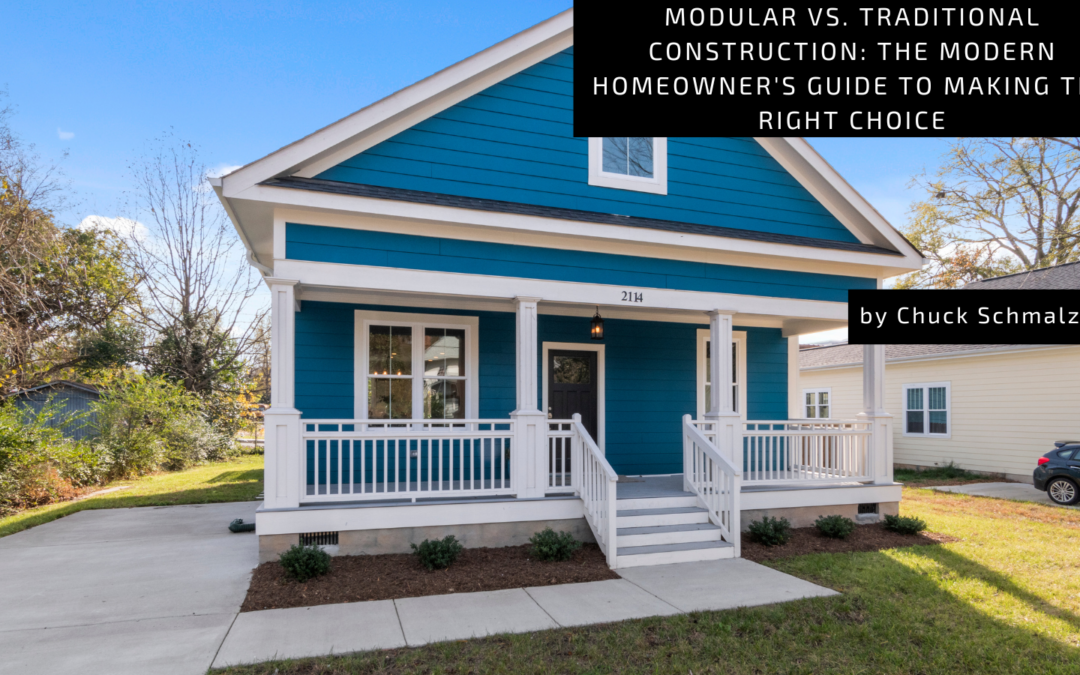One of the most critical decisions when building a home is choosing between modular and traditional construction. Each method has advantages and challenges; the best choice depends on your specific needs, budget, and timeline. Let’s explore the key differences to help you make the right choice for your home.
What is Modular Construction?
Modular construction refers to a process where sections of a home, or “modules,” are built off-site in a factory-controlled environment. These modules are then transported to the building site and assembled on a permanent foundation. Modular homes are often confused with mobile homes, but they are permanent, customizable, and must meet the same building codes as traditional homes.
What is Traditional Construction?
Traditional construction, also known as “stick-built” construction, refers to the conventional process of building a home entirely on-site, from laying the foundation to framing, roofing, and finishing. Every aspect of the construction takes place at the home’s location, often involving a variety of tradespeople and custom work.
Key Considerations: Time
One of the most significant advantages of modular construction is the speed of completion. Since the modules are built in a controlled factory environment, construction is not affected by weather conditions or delays from subcontractors. This can reduce the overall building time by up to 50% compared to traditional methods. Modular construction may be the better option for homeowners looking to move in quickly.
Traditional construction, on the other hand, is more susceptible to delays due to weather, material availability, or labor shortages, making the timeline harder to predict.
Key Considerations: Customization
Traditional construction offers virtually unlimited customization. Homeowners can work with architects and builders to create unique designs, choose materials, and make changes throughout the building process. This flexibility makes traditional construction ideal for those looking for a fully customized dream home.
While modular construction has improved in terms of customization, it is still somewhat limited by the factory’s production capabilities. However, many modular companies offer a wide range of design options, finishes, and layouts, making it a good choice for homeowners with a more streamlined vision.
Key Considerations: Cost
Modular homes are generally more affordable than traditionally built homes due to the efficiency of the factory process and reduced labor costs. The predictability of the production timeline also helps control costs. Traditional construction can be more expensive due to the complexity of on-site building, but it allows for greater personalization.
Modern homeowners can confidently choose the building method that best suits their needs by considering factors like time, cost, and customization.

